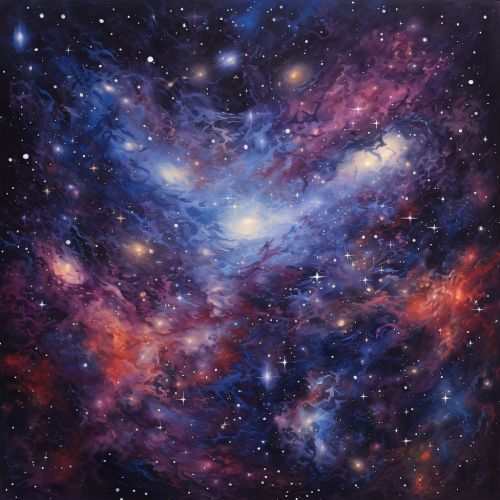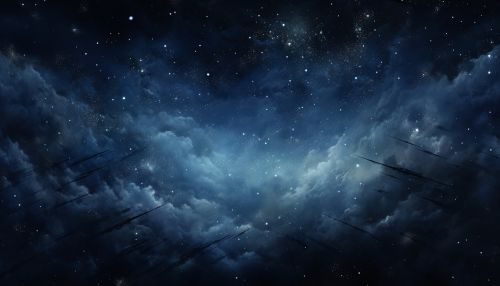Dark Energy and the Accelerating Universe
Introduction
Dark energy is a form of energy that is theorized to permeate all of space and is responsible for the accelerating expansion of the Universe. It is one of the most significant and mysterious concepts in modern Cosmology.


The Concept of Dark Energy
The concept of dark energy was first proposed to explain observations of distant supernovae that suggested the universe's expansion was accelerating. This was contrary to the then-prevailing idea that the universe's expansion should be slowing down due to the gravitational attraction of matter. The term "dark energy" was coined by cosmologist Michael Turner in 1998.
Dark energy is thought to be very homogeneous and not very dense, and is not associated with any known energy density of matter. It does not interact through any of the fundamental forces other than gravity, making it largely invisible to current direct detection methods. However, its effects can be inferred from its gravitational effects on the large-scale structure of the universe.
Theoretical Models
There are several theoretical models that attempt to explain the nature of dark energy. The most widely accepted model is the cosmological constant model, also known as Lambda (Λ). This model proposes that the vacuum of space has an inherent energy that drives the acceleration of the universe's expansion.
Another model is the quintessence model, which posits that dark energy is a dynamic, scalar field that changes over time. This model allows for the possibility of a future where the universe's expansion slows or even reverses.
A third model is the phantom energy model, which suggests that dark energy has a negative equation of state. This model leads to a scenario known as the "Big Rip", where the universe's expansion accelerates to such an extent that all matter is eventually torn apart.
Observational Evidence
The primary evidence for dark energy comes from observations of distant supernovae, which suggest that the universe's expansion is accelerating. These observations are consistent with a universe dominated by a cosmological constant.
Other evidence comes from the cosmic microwave background, the radiation left over from the Big Bang. Measurements of the cosmic microwave background provide a snapshot of the universe at a very early stage, and these measurements have been used to calculate the amount of dark energy in the universe.
Large-scale structure observations, such as the distribution of galaxies and galaxy clusters, also provide evidence for dark energy. These observations show that the universe is isotropic and homogeneous on large scales, which is consistent with the cosmological principle and the presence of dark energy.
Implications for the Future of the Universe
The existence of dark energy has profound implications for the future of the universe. If the cosmological constant model is correct, the universe will continue to expand at an accelerating rate indefinitely. This would lead to a future in which galaxies outside our own local group become increasingly redshifted and eventually disappear from view.
If the quintessence model is correct, the future of the universe could be very different. Depending on the properties of the quintessence field, the universe's expansion could slow, stop, or even reverse.
The phantom energy model predicts a "Big Rip" scenario, where the universe's expansion accelerates to such an extent that all matter is eventually torn apart. This would occur if the equation of state of dark energy is less than -1.
